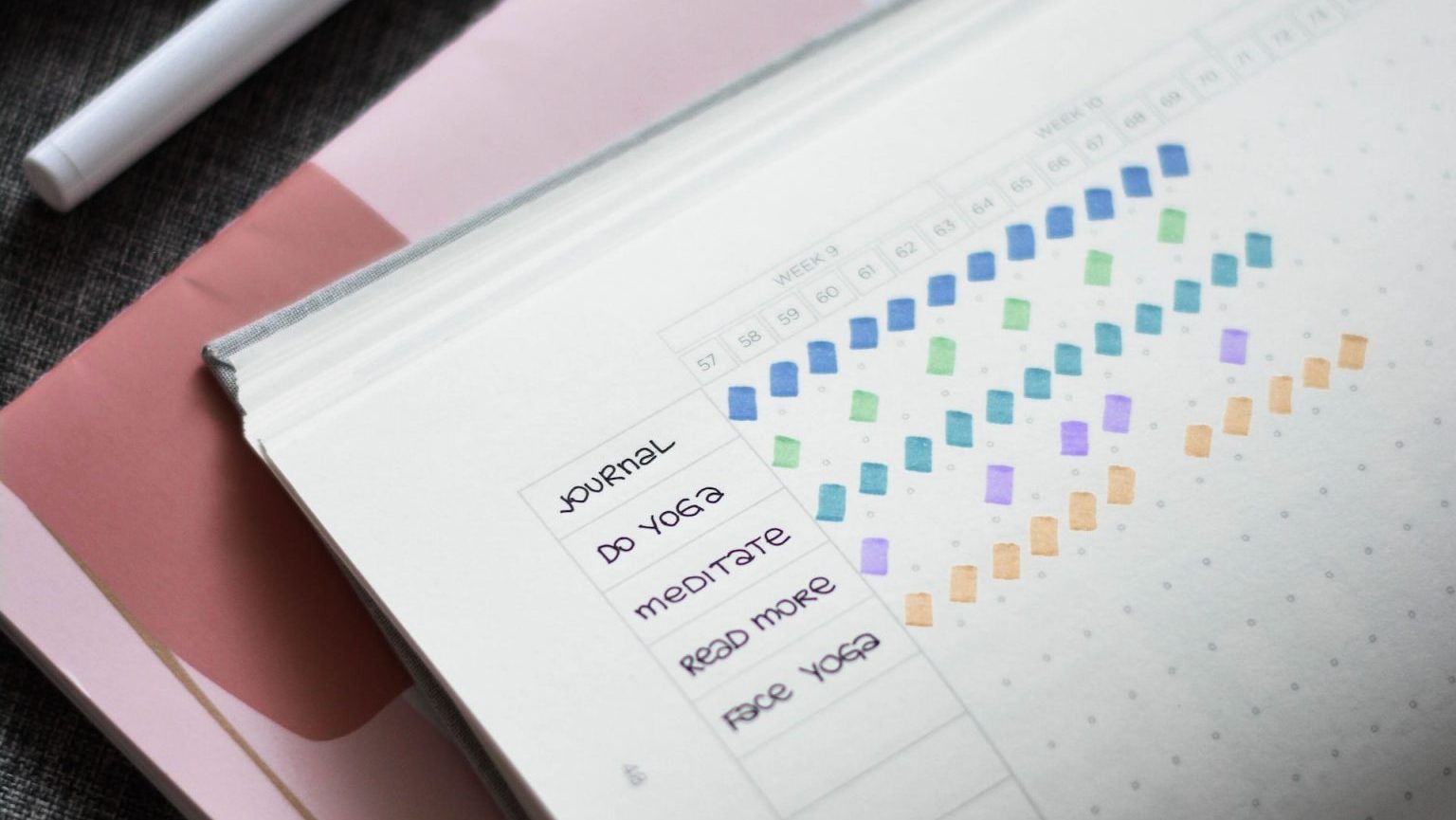How to make time for exercise — even on your craziest days

There’s no shortage of science suggesting that exercise is good for your mental as well as your physical health — and yet for many of us, incorporating exercise into our daily routines remains a struggle. A new study, published in the journal Neuropsychologia, asks why. Shouldn’t it be easier to take on a habit that is so good for us?
The study’s answer points towards what’s holding us back: According to the researchers, picking physically active behaviors over sedentary ones actually requires more brain power than picking active behaviors over sedentary ones. Whether it’s evolutionary or cultural, our brains seem to be wired to have an easier time lying on the couch than running on the treadmill — or even out in the park.
This means that it’s crucial to have structures in place that help you keep active, even when your brain is already tired out and would love some couch-lounging. Your brain will reap the benefits if you force it to: you’ll find that moving around even just a little bit will leave you less stressed, in a better mood — and even more energetic.
Here are a few microsteps to get yourself working out:
Pick a regular (sedentary) part of your existing routine and switch it out for an active choice
A great bet for incorporating change into your routine is attaching it to an already familiar habit. You may currently be in the habit of taking the elevator up to your office, using the closer train entrance or parking lot on your morning commute, or standing in front of the mirror as you brush your teeth and floss every night. Instead of the elevator, take the stairs; instead of using the nearest entrance or lot, budget a few extra minutes and walk to the farther one; instead of standing still as you floss, walk around your house. Small changes like these are a structured way to incorporate exercise into your daily routine without making any significant changes. Because they are attached to habits you already have, they should be easier to make routine.
Pinpoint the most frustrating, stressful part of your week, and commit to movement right after that
This could be a weekly meeting or work task, or a regular phone call with one of your parents — simply pinpoint a moment of peak stress in your week. Then, commit to some physical activity immediately afterwards. Hold yourself accountable by writing a note to yourself in your calendar or an iPhone reminder. Depending on where and when this moment of stress happens, that activity could be as quick as running down the office stairs for a walk around the block, or as comprehensive as scheduling in gym time or a quick run. Whatever the activity is, sticking to it in those moments of tension will have an outsize effect on your stress by catching it immediately and diffusing tension through movement.
Work out while you watch TV
This is one of my favorites: You get to indulge the part of your brain that’s telling you to lie down on the couch while actually circumnavigating laziness. There are tons of exercises you can do while sitting or lying down in front of a show — pilates leg exercises are particularly great, because they often don’t require moving your upper body and interrupting your viewing experience. And there are plenty of videos with clear instructions to get you started on Youtube — run a quick search and find some moves that work for you. Every time you settle in for an hour of TV, take the first twenty minutes to exercise, as well.
— Published on September 24, 2018—
Reprinted with permission of Thrive Global. Read the original article.





